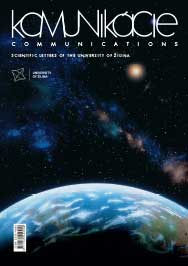Influence of Surface Structure on Corrosion Behaviour of Welded Stainless Steel AISI 316l
Influence of Surface Structure on Corrosion Behaviour of Welded Stainless Steel AISI 316l
Author(s): Monika Halamova, Tatiana Liptakova, Ayman Alaskari, Fabio BolzoniSubject(s): Energy and Environmental Studies, Methodology and research technology
Published by: Žilinská univerzita v Žilině
Keywords: Austenitic stainless steel; potentiodynamic test; corrosion properties; immersion test; surface treatment;
Summary/Abstract: The work deals with influence of surface structure on corrosion behaviour of austenitic stainless steel AISI 316L welded by TIG method without filler. Surfaces of the welded stainless steel were modified by mechanical treatment methods (grinding, garnet blasting, chemical method (pickling) and combination of both methods. Experimental procedures included the use of immersion and electrochemical tests where iron chloride (FeCl3 ) and sodium chloride (NaCl) solutions were used as test electrolytes. The surfaces of the specimens were examined using light microscopy and scanning electron microscopy (SEM). Experimental results confirmed the significant influence of mechanical as well as chemical surface treatment on corrosion behaviour of the welded stainless steel AISI 316L in various chloride solutions.
Journal: Komunikácie - vedecké listy Žilinskej univerzity v Žiline
- Issue Year: 16/2014
- Issue No: 1
- Page Range: 78-83
- Page Count: 6
- Language: English

